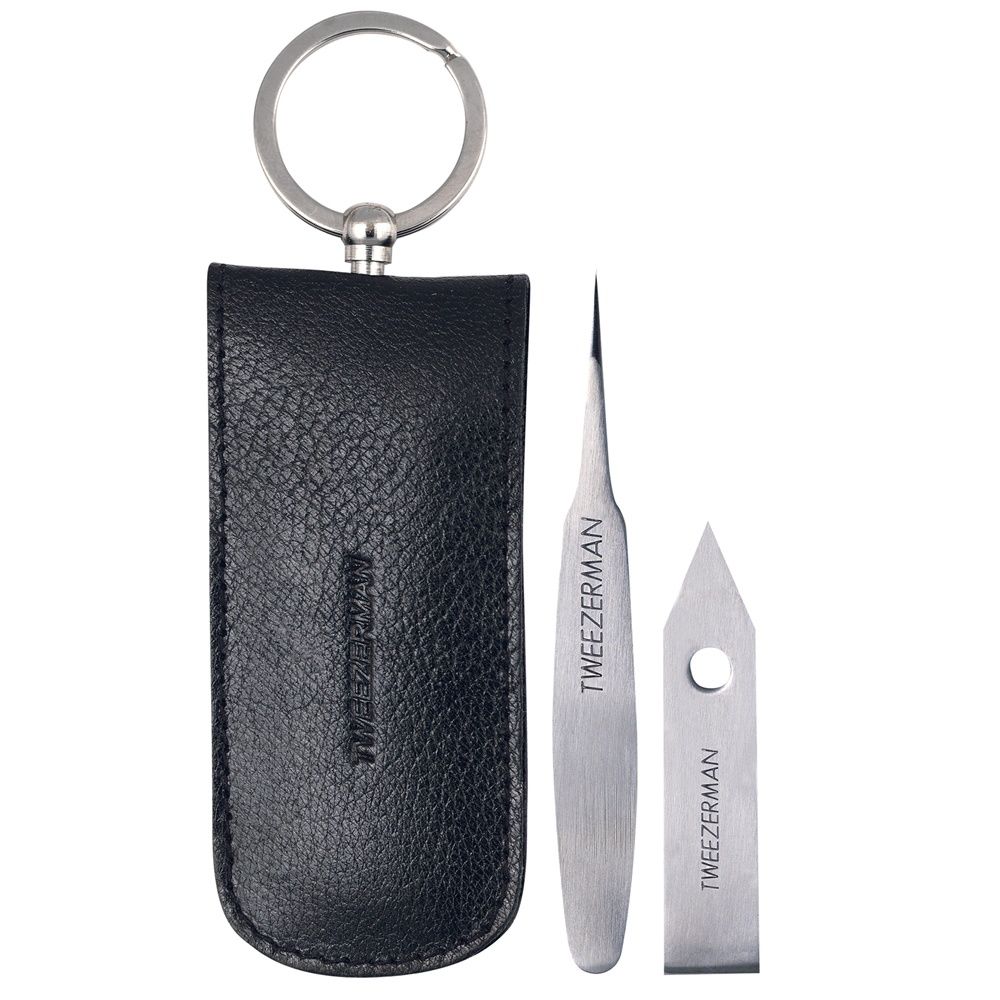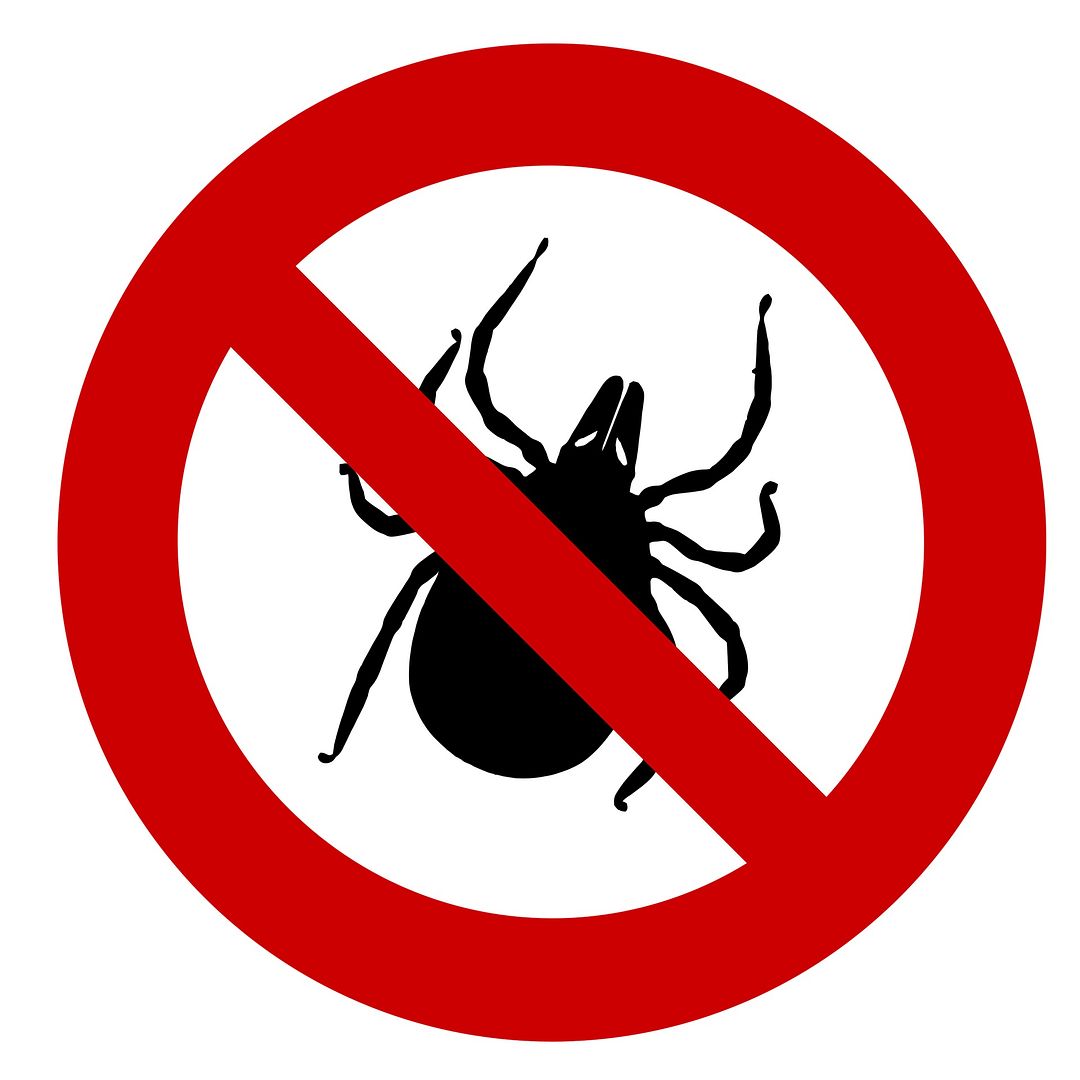You may be wondering just how to remove ticks from your kids, should the need arise. And we don’t blame you one bit. With the warmer weather comes longer days spent outdoors and kids running barefoot in the yard. Also, increased warning about ticks and Lyme disease thanks to a booming tick population this spring. Eek!
So to put anxious minds at ease — including our own — we’ve done the research for you and put together this handy guide to removing ticks from kids.
Just know we’re not trying to set off any alarm bells here; please know that some experts put your children’s risk of getting Lyme disease from a tick bite at less than 5 percent, depending on where you live.
But hey, forewarned is forearmed.
So read our guide to removing ticks from kids, bookmark it…then let’s all hope you never need it!
Related: A comprehensive look at best, safe tick repellents for children
1. Don’t Freak!
There’s nothing like a tiny tick on your sweet little child to bring on big panic. But our tip is that you channel a certain ubiquitous poster slogan and keep calm.
If the crawler has been on your kid’s skin for less than 24 hours, the chances of contracting the bacteria that causes Lyme disease are extremely small. And if you’re not in one of the 14 states with specific regions where Lyme is most often reported (mainly along the mid-Atlantic and New England coast, plus a few select spots in the upper Midwest), the risk is even smaller.
Besides, your look of tick-induced terror won’t help your child chill (trust me, BTDT), so let’s make a pact to do our best to stay as low as possible on the freak-o-meter for the good of all involved.
2. Have the Right Tweezers.
You’ll need a pair of clean, very fine-tipped tweezers as opposed to the slanted-tipped tweezers you use for your brows. You can look for any surgical tweezers made for ingrown hair; but our editor Liz swears by the Tweezerman tick tweezers she’s carried around for years in her travel bag.
They’re compact, the wide grip makes them really easy to handle, and they’re really easy to use. Just know they are sharp so they need to be kept in a carrying case!

They are a little pricey at specialty stores — $19.99 as part of a full Tweezerman tick rescue kit from Swiss Knife Shop — but we also found the same kit for just over $13 at Walgreens.com. So they’re out there if you shop around.
However, you can find just the mini tweezer alone — also fantastic for splinters — grab it from a local drugstore or beauty shop.
3. Tweeze the Tick. (And seriously, tweeze only.)
Yes, the whole tweezing process is stomach-churning for everyone (I have never written about “mouth-parts” before and did not enjoy the experience), but old wives’ tales about tick removal are strictly out.
Painting the tick with nail polish or Vaseline and waiting for it to die and release its grasp can make the tick uncomfortable, causing it to puke its stomach contents straight into your kid’s skin. Grossed out yet?
Your goal is to remove the tick as quickly and efficiently as possible, and only proper tweezers can do that.
Related: The best bug sprays for Zika virus protection and how to apply them safely.
You want to use those sharp points to help grasp the tick at its head or mouth (but not its belly!) as close to your kid’s skin as possible. Then, with a steady hand and even pressure, slowly pull straight upward.
Don’t twist the tweezers, or yoink the tick too quickly; according to the CDC, that could break off the tick’s mouth-parts while they’re still in your kid’s skin (ew).
(If this does happen, though, the CDC suggests trying to tweeze out those mouth-parts too. And if you can’t? Leave it alone.)
4. Clean the Bite Area.
Of course, be sure to clean the bite afterward. Simple soap and water does the trick, or you can use rubbing alcohol or an iodine scrub. Then, just let the skin heal.
(Remember to clean your own hands too!)

5. Save the Tick. (Sorry.)
As much as we want to kill anything that hurts our kids, resist the urge to crush that sucker!
(The tick, that is.)
Instead, seal it in a clear container or plastic bag and label it with the bite date and location, just in case your doctor needs this information and wants to see the offender too.
Now, if your child develops symptoms of Lyme disease like a rash that may or may not be accompanied by symptoms like a headache, aches, chills, fever, fatigue or swollen glands (unlikely, but, hey, us panicky moms like to be prepared), the testing of the tick itself is important!
It will help your pediatrician and your local health department identify its species, and determine if it carries the bacteria, and whether your child needs to be put on antibiotics.
Related: The EWG safest sunscreens for kids: Which are most affordable?
6. Don’t Freak!
Yes, this bears repeating.
Just watch your kid for those symptoms of Lyme disease and if your spidey-senses start tingling, rock the parenting the same way you always do when your kid needs you.
And, hey, we understand if you have your child’s pediatrician on speed-dial this tick season just in case.
I do too.










Actually, it’s better to use that spray that “freezes” verrucas and cool the area. The tick lets go naturally and doesn’t inject the area with more of its contents.